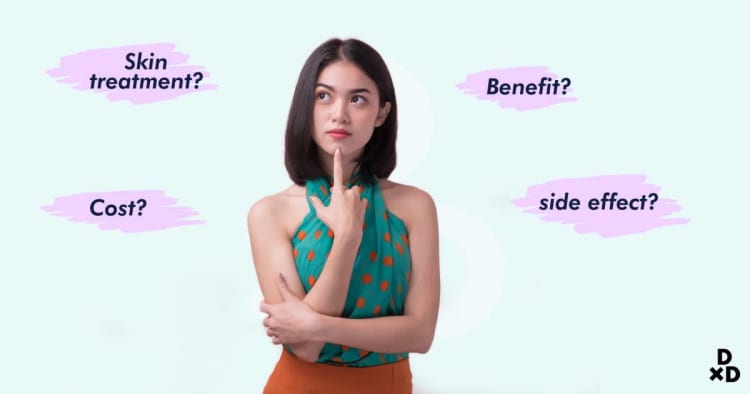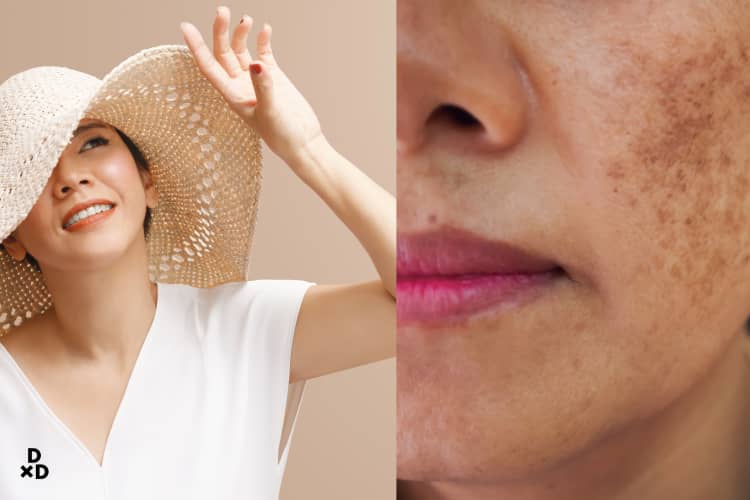You struggle with pigmentation problems. After a quick search online, you have an inkling what your condition might be. Or perhaps you’ve been formally diagnosed. You google more and find that lasers are a popular way of treatment.
Before heading to your nearest doctor requesting laser treatment, read on to find out how lasers work, and more importantly, whether they’re suitable for you.
Pigmentation is a huge problem in Asian skin types. Questions on this topic pop up frequently over the years, especially with newer pico lasers being so popular.
This guide aims to address some common questions about lasers and its role in treating pigmentation, and hopefully answer some of yours too.
What is Pigmentation?
Before undergoing laser treatment for pigmentation, read on to understand what pigmentation is before you continue.
Melanin in our skin gives our skin its tone and also causes pigmentation. The more melanin you have, the darker your skin.
Because of age, certain medical conditions, or other factors, melanin may not be as evenly distributed as it could be, leading to darker spots in certain skin areas.
Here are some common examples of hyperpigmentation:
- Freckles
- Melasma
- Solar lentigo/lentigines
- Post-inflammatory Hyperpigmentation (PIH)
- Seborrheic Keratosis
- Hori’s Naevus
Types of pigmentation, what is the difference?
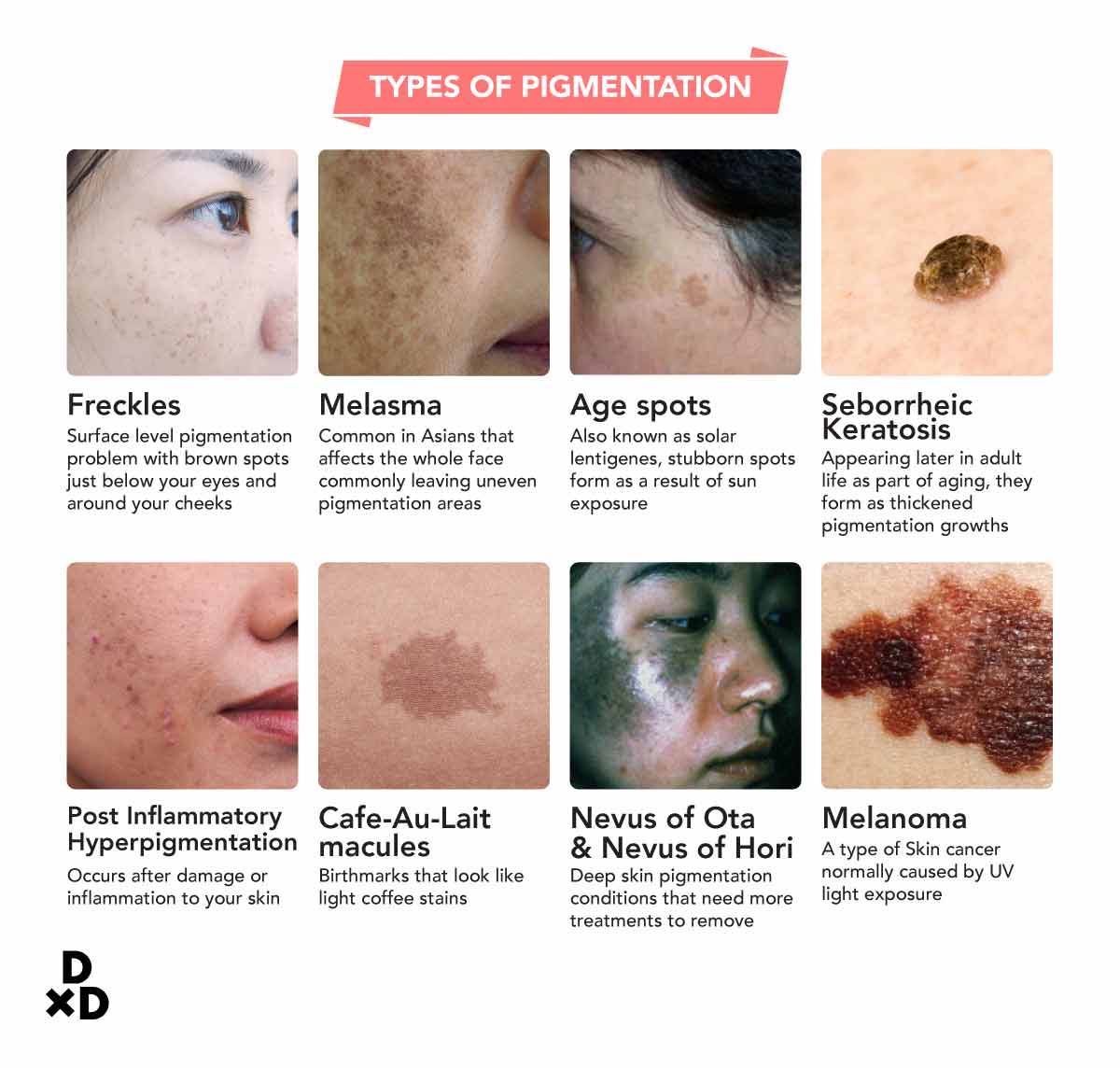
1. Freckles
This is a surface-level pigmentation problem. You will usually see brown spots just below your eyes and around your cheeks. Freckles are easy to remove, sometimes only needing one session!
Also read: What is the best method to get rid of freckles on my face?
2. Melasma
Melasma is common in Asians. It’s a condition that can affect your whole face, commonly leaving uneven pigmented areas below your eyes and around your cheeks. While melasma is a stubborn condition, being hard to remove, major improvements are still possible.
Read more: The Ultimate Guide to the Treatment of Melasma in Singapore (2021)
3. Age spots
Also known as solar lentigines, as you grow older and get exposed to more sunlight, you might get small spots on your skin that look like bigger freckles. Unlike freckles, age spots are more stubborn and may need more treatment time to remove.
Also read: What's the best laser to remove pigmentation from sun exposure?
4. Post-inflammatory hyperpigmentation
Post-inflammatory hyperpigmentation may develop as damaged or inflamed skin heals, whether due to acne or skin irritation. While acne does disappear over time, it can sometimes take years before the marks disappear. Luckily, there are a few treatments that can effectively lighten post-inflammatory hyperpigmentation.
Also read: What is the best treatment for post-inflammatory hyperpigmentation in Singapore?
5. Seborrheic Keratosis
Also known as brown or wisdom warts, these are common and benign. Appearing later in adult life as part of aging, they form as thickened pigmentation growths. They don’t require treatment but you may wish to remove them if you desire.
Related: How to remove Seborrheic Keratosis, and what should I expect during removal?
6. Cafe-Au-Lait macules
These are birthmarks that look like light coffee stains. While it is possible to remove Cafe-Au-Lait macules entirely, they may return after treatment.
Read more: How can I remove cafe au lait birthmark?
7. Nevus of Ota and Nevus of Hori
These conditions are deep pigmentation conditions and need more treatments to remove. Naevi (The plural of Nevus) have a brown or blue and grey colouring. ‘Ota’ and ‘Hori’ simply refer to different locations of the body. ‘Ota’ refers to the forehead and face around the eye area, while ‘Hori’ refers to the sides of the face.
Also read: What is the best treatment for Nevus of Ota in adults and children?
8. Melanoma
If you develop melanoma, seek treatment immediately! Melanoma is a type of skin cancer normally caused by UV light exposure. You will need a skin biopsy for confirmation and treatments like surgery to remove it. Like all cancers, cancerous cells can spread to other parts of the body in later stages.
Related:
What are the signs of melanoma
What are the best treatment options for melanoma in Singapore?
Are lasers good for pigmentation?
Lasers are the latest treatment for pigmentation that seem very promising.
Conventional methods include skincare and medical peels that exfoliate skin layers to reduce or remove pigmentation.
Lasers target pigmentation within the skin more specifically, resulting in more efficient and targeted removal. This usually means faster results and lesser downtime/risks.
The problem though is that lasers are extremely powerful tools that can also create damage when not used with care or skill. This leads to unintended side effects such as worsening hyperpigmentation or even hypopigmentation.
Related: Lasers Vs Microdermabrasion for Pigmentation - What’s the Difference?
Are Picosecond lasers the best for pigmentation?
The latest Pico laser craze is touted to treat pigmentation with the fastest and latest laser in the market.
My clinic uses some and have had experience with various Pico lasers in the market (you can see them in this video) and we can confidently tell you that pico lasers are NOT the cure-all solution to pigmentary conditions. Various pigmentary conditions require various lasers, hence there is no one best laser treatment.
We have patients come into the clinic complaining about the overpromise of a latest pico laser treatment done elsewhere that didn’t work out for them - with some experiencing a worsening in their pigmentation. You can read about this class action lawsuit against a very branded Pico-laser brand for overpromising results, which the doctors claim totally “did not work” :
There is also a misconception that picolasers are different from Q-switched lasers. Many places refer to older nanosecond lasers like “Revlite” as Q-SWITCHED lasers, while labelling newer or the latest picosecond lasers as PICO lasers.
Users will be surprised to learn that most Pico lasers are a type of Q-SWITCHED lasers. Q-switching is simply a mechanism used to produce extremely short laser pulses - they were used to generate nanosecond pulses previously, and the same mechanism can likewise create picosecond pulses.
So why is this happening? Why is there so much hype over picosecond laser treatments? The answer - marketing gimmicks. Consumers like the latest and simplest solutions. “Fastest”, “Latest”, “No-downtime” are concepts that consumers, and even some doctors, are attracted to.
Coupled with marketing support from these companies, no wonder some clinics tout this as THE treatment to go for. But remember - if it’s too good to be true, it usually is.
Speak to someone who underwent a Pico-laser treatment - it can be the widely marketed Picosure treatment, or any other Pico laser like the Starwalker or Picoway laser - and get their personal experience and opinion.
Related: What can be done if PICO Laser pigmentation treatments are unsuccessful?
My clinic's doctors presented this lecture in 2018 regionally at an APAC laser conference that “faster didn’t necessarily mean better”. We’ve been saying it all along, and patients who come from failed experiences elsewhere are testament to this!
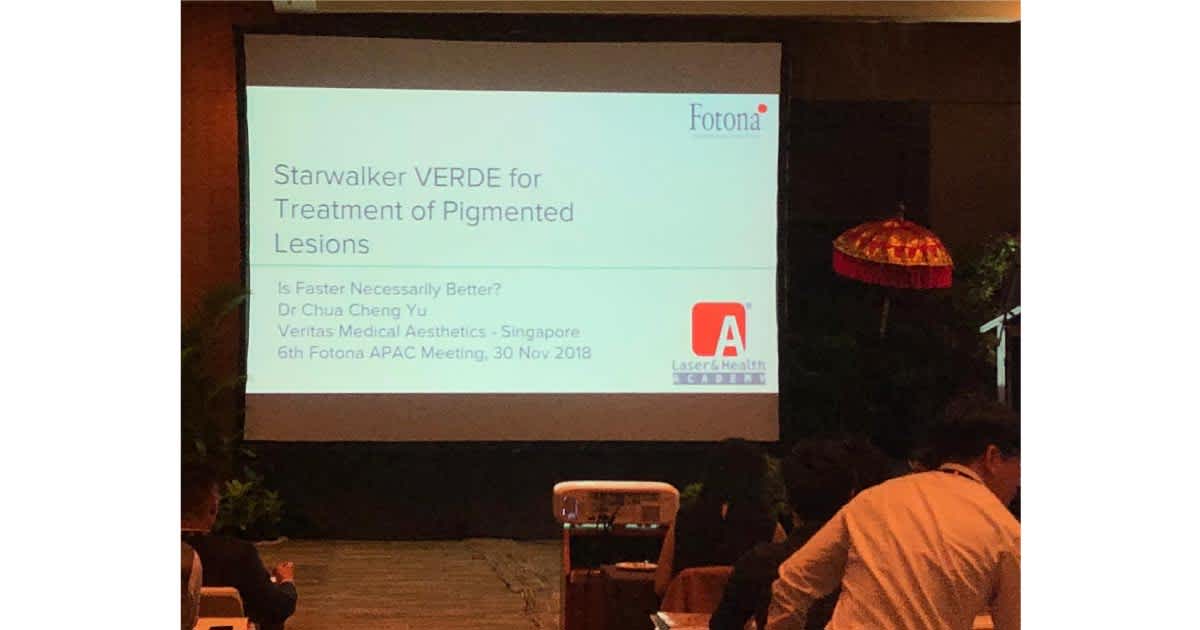
What is the best pigmentation laser treatment?
So what works? Moving on from the understanding that there is no single “best” pigment laser, it is the use of combination lasers that give best results in a pigment laser treatment. This can be further explained by the fact that many pigmentary conditions involve different skin layers.
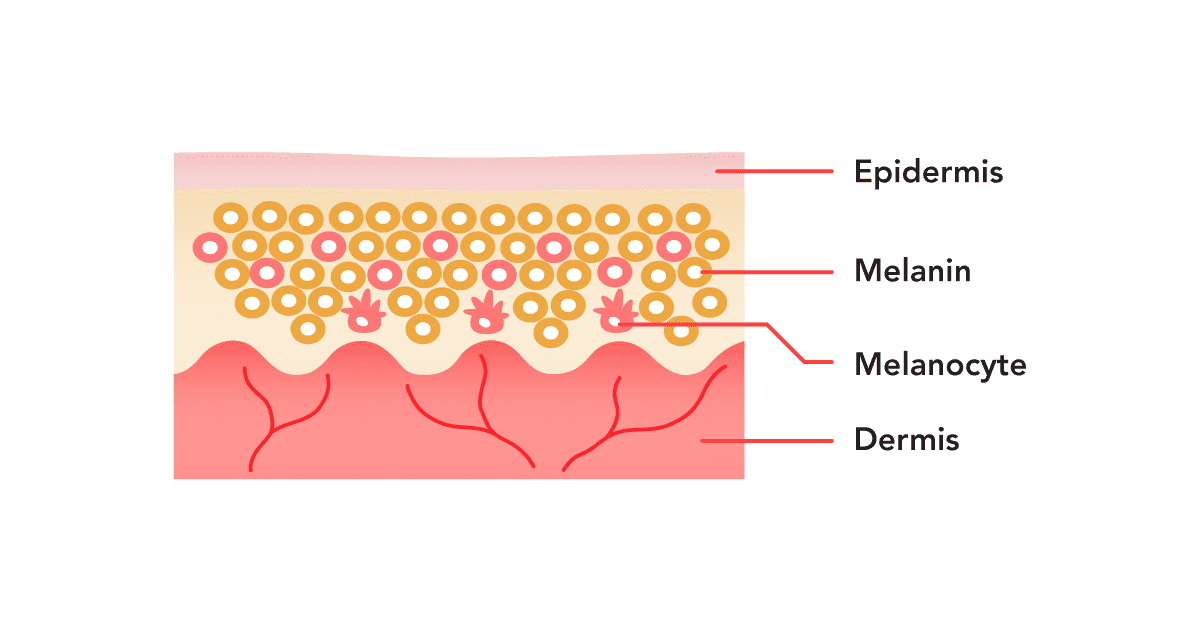
Lasers that can treat deep skin layers don’t necessarily work well for surface pigmentary conditions - they have a very different structure. Conversely, lasers that work well on the surface don’t penetrate deep enough either.
Secondly, pigmentation in patients can potentially worsen with aggressive treatment. It is not uncommon to see pigments worsen with poorly executed treatment due to the triggering of post-inflammatory hyperpigmentation (PIH). This is seen more frequently in patients of darker skin types - Asian and darker skin types heal from damaged skin with pigmentation.
That’s also why many Asians experience PIH from acne, but do you recall seeing a fair Caucasian with PIH? Fair-skinned individuals may have acne breakouts, but rarely present with PIH after the breakouts are resolved. That being said, fair-skinned types have their own struggles - wrinkles and loose skin are a huge concern usually - but that’s another topic for another day.
To sum it up, the best pigment laser treatment is a well-concocted combination laser treatment. I like to use a Pico-laser in combination with other long-pulsed lasers, as they control inflammation and prevent PIH from happening.
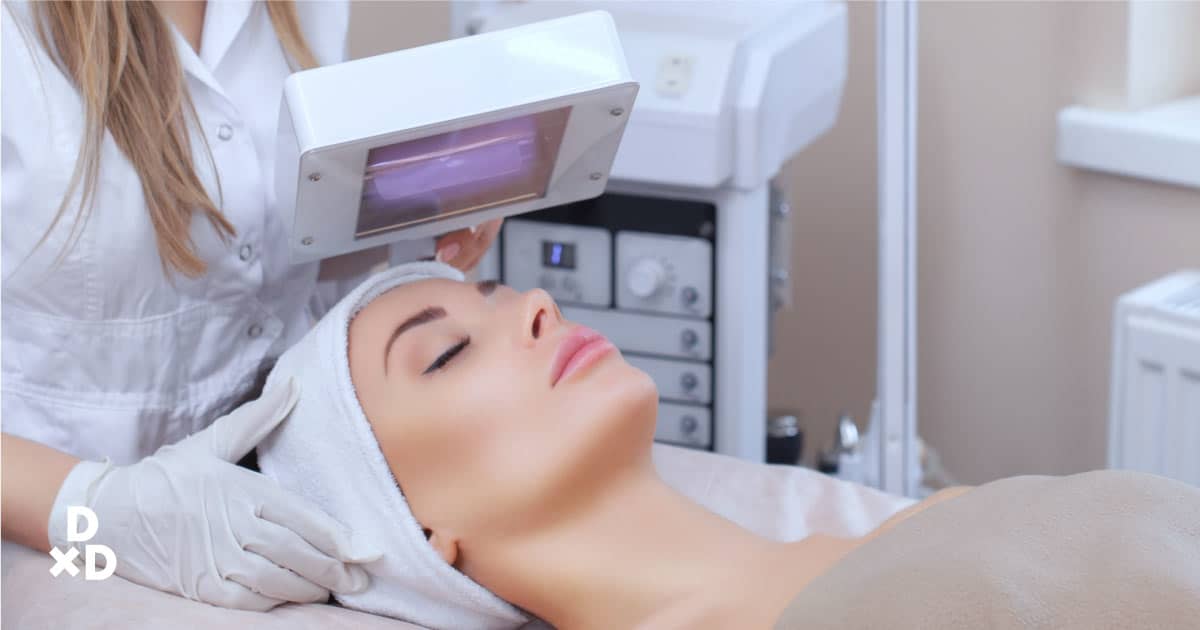
How many sessions will I need?
We all want pigmentation to lighten the most in the shortest time possible. Certain pigmentary conditions can indeed be treated in as little as one to two sessions. Freckles are a great example of a condition that usually requires minimal sessions to treat.
Other times, patients present with a combination of various types of pigmentation - these can be more complex and will require a proper assessment before treatment.
That being said, proper pigmentation lasers should show some immediate effect even from the first session. Your pigments may darken initially after treatment, but should lighten almost immediately or after a few days.
This post-treatment effect is distinctly different from PIH that happens from poorly done treatments. PIH usually shows a starkly worsening and spreading pigmentation, and can persist for weeks to months even after initial treatment.
Different people have different results though, especially depending on skin colour and their specific condition. Generally, darker-skinned people will need more sessions to get the same results as a lighter-skinned person.
Also read: To treat hyperpigmentation of the face, how many pico laser sessions are required?
Is laser treatment result permanent?
While laser treatment results can last a long time, they do not last permanently. Ageing and exposure to sunlight worsen pigments, and these are inescapable parts of our lives!
Read more: Is laser treatment a permanent solution for freckles?
Are pigmentation lasers painful?
We use 10 different lasers for various pigmentary conditions and various skin types. Some of these require numbing cream, while others shouldn’t be done with numbing cream. When used appropriately, these treatments do not hurt.
What are the side effects of pigmentation lasers?
In the same vein, if these treatments are done properly, side effects are minimal. Badly done laser treatments can irritate the skin further, consequently causing PIH and a worsening of the pigmentary condition.
Also read:
Does laser treatment cause more pigmentation after sun exposure?
Other factors that matter: It’s not all about lasers! (Includes alternative treatment options)
If a clinic gets you to lie down for a laser treatment without a proper assessment or treatment plan discussed, don’t expect too much improvement in your condition. In fact, if you don’t see any effects from the first few sessions and/or start to see worsening, you may want to get a second opinion.
While laser treatment and proper laser techniques may be the solution to your pigmentation problem, other factors also matter. Results are always better with good priming and post care. There exist many alternatives to laser treatments such as medical peels, oral medications and even injectable treatments. Sometimes, these are needed as adjunctive treatments.
Melasma is notoriously difficult to treat, because there are many possible causes and exacerbating factors. Therefore, it is important to discuss lifestyle measures and even medical management of any existing diseases to complement your laser treatments. When managed properly, even melasma can be successfully treated with ease.
Also read: What is the best melasma treatment in Singapore?
Not everyone needs all these alternatives or options. In fact, some may not even require laser treatments. My advice will be to get a proper consultation for your individual concern.
What is the cost of pigmentation laser per session?
Laser type
Examples
Cost
Q-switched Pico or Nano lasers
- Revlite
- Picosure
- Starwalker
- Picoway
- Picolo
$100-$800
Long-pulse visible light lasers
- Pro Yellow
- Dual Yellow
- Fotona VERDE
- Excel V
$200-$900
Resurfacing lasers
- Dermablate
- Fotona FRAP
- Fotona Er:Yag
- Mixto CO2
- FRAXEL Dual
- De Oro Dual
$300-$1200
I would like to emphasise that a cheaper treatment does NOT indicate that it is inferior to other treatments, and that a pricier treatment is not always better.
Conclusion (Checklist of tips to tell if you are receiving quality treatments for your pigmentation woes)
- Ask for a proper assessment ALWAYS - before deciding and embarking on treatment.
- Your doctor should demonstrate the necessary expertise and show examples of conditions similar to yours being successfully treated.
- Know your options and alternatives. A wide range of treatment options always gives better outcomes. If there’s only 1 option presented to you, find out if it’s the only option they have, or if you truly only require one option.
- If your condition worsens with treatment and stays that way for more than a few sessions, look for a second opinion!
Dr Fan is an aesthetic doctor at Veritas Medical Aesthetics. She graduated from the University of Nottingham in England and worked in various departments in public institutions before entering aesthetic medicine. She takes an interest in addressing aesthetics concerns in a greying population.
She is also invited to speak at regional training conferences, sharing the latest advances in aesthetic medicine. Most recently, Dr Fan lectured in ADAC—the Aesthetic Dermatology Academy Conference.


